Diversity and democracy: Why India remains politically stable in a volatile South Asian neighbourhood
The rise of populism, religious polarisation, and centralization of power have raised concerns, especially concerning freedom of speech. While India's framework of democracy is more vibrant and institutionalized compared to its neighbors where fear of authoritarianism or military interventions is constant, it requires sustained efforts to put that democracy on a solid foundation.
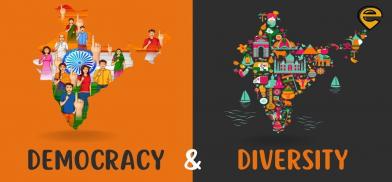
The recent crisis in Bangladesh is a stark reminder of how precarious the political realities of South Asia are, and how easily India’s neighborhood can fall apart. Considering the range of political crises faced by every country in South Asia - India stands as one of the largest democracies in the world; Pakistan oscillates between civilian governments and military dictatorships; Bangladesh has once again plunged into political turmoil; Sri Lanka grapples with civil conflict and economic instability; Nepal became a secular republic in 2008 ending the world's last Hindu monarchy; and Afghanistan continues to be ruled by the oppressive Taliban regime - it is remarkable that these varied political experiments have survived and continue to thrive.
However, despite predictions of collapse, India stands out as a beacon of political stability. It has managed to sustain democratic governance despite its religious and ethnic diversity, economic disparities, and security threats.
What factors have contributed to this stability, and are they missing in India's neighboring states? Built on a constitutional framework, India’s democratic stability is repeatedly challenged by separatist movements, emergency rule, economic imbalances, and bouts of communal tensions. How did nations in South Asia, all cut from the same fabric of colonial rule, evolve into such diverse political realities while sharing a common thread of history? This is an attempt to understand the key factors behind India's democratic stability and examine why its neighbors have struggled to achieve the same.
Foundations of Indian democracy
Aldous Huxley predicted in the 1960s that democracy in India would only last as long as Pandit Jawaharlal Nehru was leading the government; after that there would be dictatorship or military rule in India. Such predictions regarding Indian democracy were being made by various thinkers and political commentators. Their fundamental argument was based upon the diversity of independent India, it was considered very difficult for a country and democracy to survive if its population was diverse. Although of an exploitative nature, British colonialism could bequeath a strong institutional legacy for laying down the ground for democracy in India. The parliamentary system was indeed a boon to India, being endowed with a bicameral legislature and having an executive responsible to the elected representatives by the central government. The judiciary separation from the executive, which was the natural chemical rule under the rule of law, ensured that the judiciary was independent.
The Indian Civil Services, which would eventually turn into Indian Administrative Services over time, created a professional bureaucracy to ensure stable governance. These institutions, though colonial in origin, were made to work under free India to provide continuity and a framework for the shift to democracic governance. The Constitution of 1950 further entrenched democratic governance into an Indian federal system of decentralized governance that established and enshrined fundamental rights that safeguard the Liberty and Equality of her citizens. One of the most significant landmarks of India establishing democracy was the first general elections held in the years 1951-52 when, for the first time, universal suffrage of citizens came to fruition and, for the very first time, the peaceful transfer of power occurred. Along with the sound constitutional foundation, institutional legacy has been the backbone in the transformation of one of the largest and most vibrant democracies in the world.
Political instability in South Asia
A comparative analysis of the political environment across South Asian countries is important to understand the unique challenges each nation has faced.
Pakistan's political history is marked by frequent interruptions in democratic governance, primarily due to military coups in 1958, 1977, and 1999. The military plays a dominant role in the country's politics. The election results of February 2024 show two trends in Pakistani politics - rejection of the two dominant political dynasties, the Pakistan Muslim League-Nawaz (PML-N) and the Pakistan Peoples Party (PPP), and widespread discontent with the military establishment's role in politics. According to Gallup, 70% of Pakistanis expressed a lack of confidence in the fairness of the electoral process before the election. Omar Ayub Khan, representing the Pakistan Tehreek-e-Insaf (PTI)-linked opposition, accused Shehbaz Sharif of stealing their mandate and violating the law. Despite widespread allegations of electoral rigging and fierce opposition from PTI, Shehbaz Sharif succeeded in forming the government.
Bangladesh has also experienced significant instability. Following the assassination of its founding leader, Sheikh Mujibur Rahman, in 1975, the country suffered under military rule until 1990. Although democracy was restored, political violence and polarization remain prevalent. The departure of Sheikh Hasina and the formation of a new interim government has been described by many as a 'second liberation', but the situation remains fragile. As Ivan Lidarev highlights, "Bangladesh has experienced 29 actual or attempted coups in its half-century history," and the risk of the military taking over looms large.
Awami League's 15-year rule left Bangladesh's political system tainted. The decline in electoral credibility under the previous government led to a broader crisis in Bangladesh's democracy, where opposition parties such as the Bangladesh Nationalist Party (BNP) have boycotted elections in the last two decades including the January 2024 elections. Over 300 people were killed and 11,000 arrested in protests since July 2024 for which Hasina's regime was heavily criticised. The fierce political rivalry between the two major political parties has often led to chaos and threatened democratic consolidation.
Sri Lanka’s democratic governance is deeply affected by its 26-year civil war (1983-2009) which weakened its political institutions. The 2024 Sri Lankan presidential election marked a point for the political and economic future of the country after its financial crisis. The election was important as it was the first after the downfall of President Gotabaya Rajapaksa in July 2022. Economic issues dominated the discourse, and new President Anura Kumara Dissanayake offered more populist approaches. The absence of the Rajapaksa family from the frontlines of the election shows a potential transformation in Sri Lanka’s political environment. Sri Lanka awaits economic recovery and Dissanayake, after his electoral mandate, is being looked upon to restore the public trust.
Nepal underwent a political transition in 2008 and became a federal democratic republic from a monarchy. Yet, the system is evolving and challenges of political fragmentation and economic underdevelopment remain constant. The case of Prime Minister Pushpa Kamal Dahal, who lost a trust vote after two years in office, and also survived three trust votes by switching alliances, illustrates how volatile coalition governments have become in Nepali politics.
Bhutan also transitioned from an absolute monarchy to a constitutional monarchy in 2008. It is one of the case studies that smooth and peaceful democratic transition was indeed possible in the rest of South Asia.
What makes India different
The triad of India’s democratic stability rests on Institutional Strength, Cultural Pluralism, and Resilience. That institutional strength anchors India's democratic order and derives legitimacy from the Constitution as well as the sovereignty of the people. Institutions like the Election Commission of India (ECI) play a vital role in safeguarding democratic integrity by free and fair elections. Elections have been successfully conducted among a complex pluralist electorate by the autonomous constitutional body for more than seven decades that has enhanced its public trust. In the 2024 general elections, the largest electoral exercise in the world, a whopping 968 million people were eligible to vote,
Similarly, the judiciary, through the Supreme Court and High Courts, has come to exercise significant influence on the safeguarding of constitutional values and check on excesses of the other organs. Judicial independence has in recent times come under cloud. Allegations surround the appointment process of judges and there are unacceptable delays in judicial decisions. Still, that does not affect the judiciary's legacy of intervention in times of need. India's civil-military relations too have been robust and professional in the sense that the military was always under civilian control. Although the tensions do crop up from time to time over debates on policy issues or questions concerning budgetary matters, the military's subordination to elected representatives stands as the bedrock of the stability of India.
India's diverse political culture has strengthened the democratic framework. The Constitution grants rights to all citizens, with the peaceful expression of ethnic, linguistic, and religious identity. India has more than 1,600 languages and a coexistence of different religious communities. Its constitutional pluralism gets sustenance through a democratic system with peaceful assertion of ideological differences among national and regional parties that represent a plethora of local interests and identities and are one of the reasons why India has such a rich and vibrant democracy.
India's strength perhaps lies in its ability to bounce back from crises. Most democratic institutions had faced severe stress during the Emergency period of 1975-77, but the subsequent restoration of democracy went on to prove the country's resilience and democratic strength. Unlike countries like Pakistan or Sri Lanka, wherein crises have led to institutional breakdowns, India's democratic institutions have stood the institutional test even with insurgencies in Kashmir, the ultra-left Naxalite movement, and communal tensions. India's vibrant political system, underscored by multi-party competition and regular elections, is a unique dimension of its democracy. While the opposition continues to face stiff challenges, the peaceful transfer of power after elections demonstrates the strong foundations of its democratic values.
Challenges to India's pluralism
Even though India remains stable compared to its neighbors, can we truly say that it has reached the pinnacle of democracy? John Stuart Mill famously stated that democracy may not be the best system, but it is the most suitable form of government wherever it exists. Therefore, there is a constant need to adapt and accommodate. India is otherwise a robust democracy but faces persistent challenges that threaten democratic stability. The rise of populism, religious polarisation, and centralization of power have raised concerns, especially concerning freedom of speech. While India's framework of democracy is more vibrant and institutionalized compared to its neighbors where fear of authoritarianism or military interventions is constant, it requires sustained efforts to put that democracy on a solid foundatiaon. Only then can India maintain its position in South Asia as a leader of the Global South. External Affairs Minister S. Jaishankar remarked that "Indian democracy is not just a choice made in 1947, but a way of life." The historical foundation of India's pluralist culture cannot be overlooked and must be upheld in both letter and spirit as enshrined in the Indian Constitution.
(The authors are pursuing a Masters in Conflict Analysis and Peacebuilding at the Nelson Mandela Center for Peace Studies, Jamia Millia Islamia. Views are personal. They can be reached at tahaali502@gmail.com and mailakankshyaray@gmail.com)




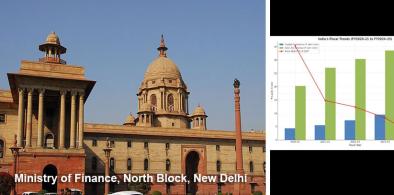

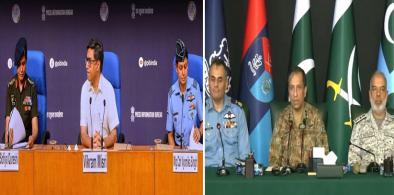
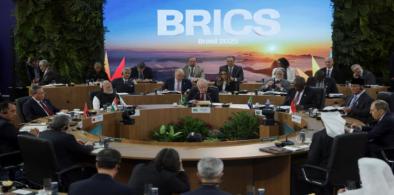
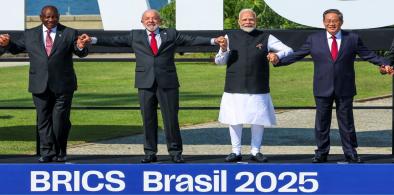
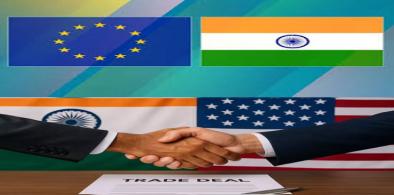
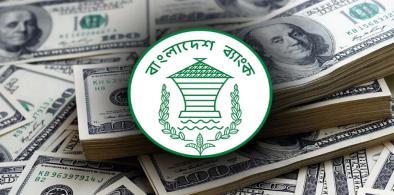
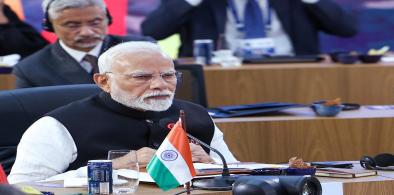
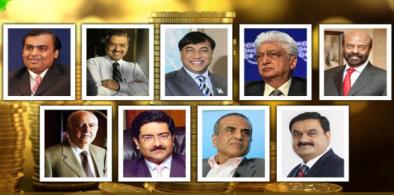



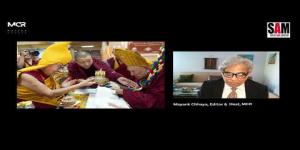

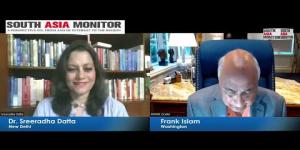
Post a Comment